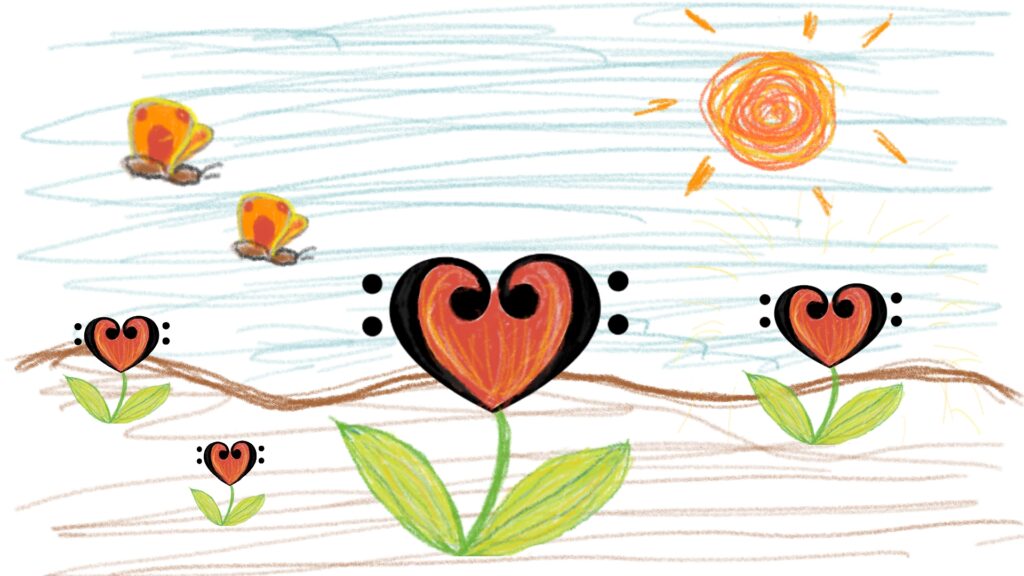How to Read Bass Clef Notes without Getting Confused
Reading bass clef notes can be challenging for beginners, especially if you are used to reading treble clef notes. Some people use mnemonics to help them read notes such as All Cows Eat Grass for the space notes or Good Boys Deserves Food for line notes. However, to avoid you from facing the same situation as what I have mentioned in the blog post “Tips for Reading Treble Clef Notes“, I strongly recommend you read your bass clef notes step-by-step at the beginning stages.
Why? Because you need to be aware of the differences between pitches with the same letter name. Yes, different notes and pitches can have the same letter names.
same letter name ≠ same pitch/note
same letter name = different pitch / note (in any octave)
Let’s take example from C note.
From the image below, you can see that there are eight C keys on the 88-keys keyboard. They all have the same letter name, or we can say that “C” is just the common name for them. They sound different and they have different octaves and frequencies.


To build awareness of the change of the pitches with similar letter name, reading step-by-step is a very good practice.
Since the nature of the bass clef is to notate low pitches, we tend to read from middle register. Consequently, middle C (or C4) is one of the best notes to start your reading.

So, you will read your bass clef notes step-by-step in descending order, C-B-A-G-F-E-D.


Always remember this note order and alternate between line notes and space note to read your notes step-by-step.

Example




In this example, you can see how the notes go down from middle C to B. You can also see how the line notes and space notes alternate.
Use of Mnemonics
How about using mnemonics in reading music notes? I am not completely opposed to using mnemonics. If there is a tool to help you improve sight-reading, why not? Here are my words: if you are beginner, practise reading notes step-by-step for certain period. Probably when you are familiar with the step-by-step reading, you can use mnemonics as a shortcut. You can use either space note mnemonics, like All Cow Eats Grass or line note mnemonics like Good Boy Deserves Food Always.


Reference
Watch our video here to get a quick guide:


Informative article, exactly what I wanted to find.